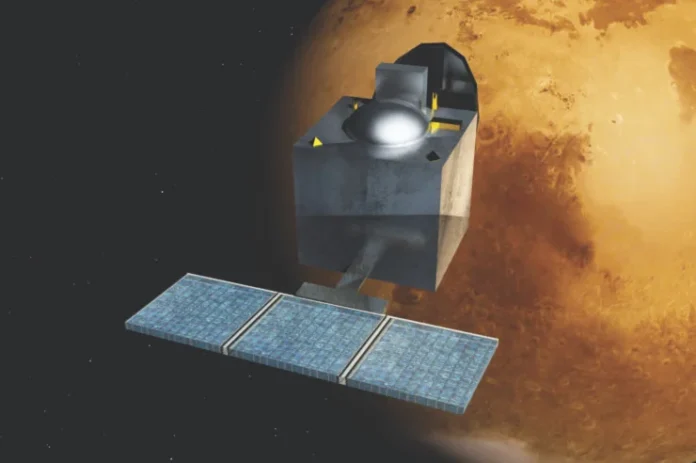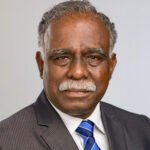As the Indian Air Force and the country celebrated the 89th Air Force Day on October 8, 2021, the IAF enters its ninth decade with its sights set on significant modernisation and multi-dimensional capability development into an all-encompassing strategic force by 2032—its centenary year. This should involve not just a force structure in terms of numbers but a more qualitative transformation. It aims to rebuild its fighter strength back to the authorised 42 squadrons, almost entirely 4.5 generation and 5th generation aircraft, precision strike and net-centric warfare capability, cyber and space warfighting capabilities, and backed by strong expeditionary, force-multiplier, and C4ISR capabilities.
This is an enormous task, given the current state of declining force structure and ever inadequate budgetary support.
Currently, the IAF is down to 30 combat squadrons as against its authorised 42 squadrons, and this will continue to reduce over the next decade unless drastic measures are taken to arrest the decline.
The new Chief of Air Staff, having taken over on September 30, has an unenviable task of putting on track an aggressive modernisation and rebuilding strategy. He has gone on record stating that at best the IAF’s fighter strength would rebuild to 35 squadrons in the next decade and a half. But there are more complex challenges that the IAF should overcome. These are in the domains of organisational structure, operational philosophy, and national security strategy.
For many years the government has been looking at ways and means of restructuring the military forces by cutting down the flab, remove duplications, and enhance combat capability through organisational restructuring and better optimisation. This is rightly so if viewed from a purely financial perspective but that would be too simplistic.
Military capability assessment is a complex affair and is not simple arithmetic of numbers and financial calculations. The CDS stirred a hornet’s nest with his ill-considered statement in July that the IAF is a supporting arm much like the Engineers and the Artillery.
More seriously, his statement betrayed the deep flaws in the current operational philosophy and the consequent approach to restructuring. On this Air Force Day, it would be very pertinent to examine some of these issues as they impact the centrality of aerospace power for national security and future wars.
Airpower and Future Wars
Since World War II it is well established that airpower plays the critical role in the conduct of war. Further technological developments such as precision weapons, communications and datalink, real-time situational awareness, C4ISR, net-centric warfare, space-based services, global expeditionary capabilities, and cyber warfare have demonstrated the centrality of airpower to modern warfare and national security.
Airpower is central to the very survival and effective operations of surface forces, be it on land or the sea. However, when one calls air power as a supporting arm for surface forces it is easy to term it as flawed but there is more to it in terms of individual turf sensitivities and the continued prevalence of traditional continental mindset that afflicts the Indian military leadership, more particularly the army, and much of the government.
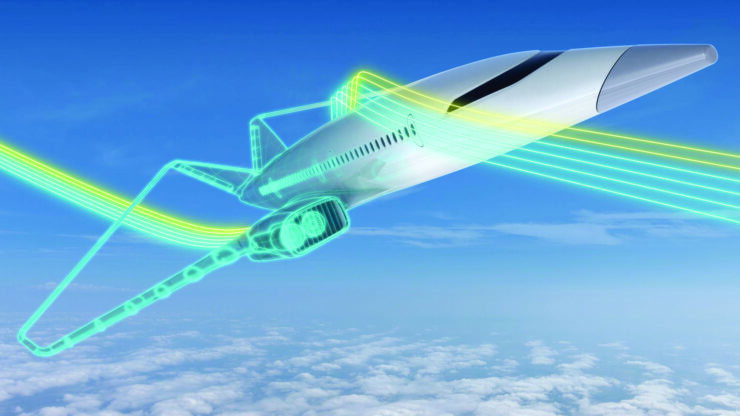
The reason is not hard to see; India’s vast territorial borders to be defended, coupled with its long-standing territorial and boundary disputes and the wars with Pakistan and China, and the continuing involvement in battling insurgencies, low-intensity conflict, and terrorism have given prominence to the ground forces. As a result, it has led to the Army’s complete domination of the military’s strategic thought process and effectively India’s defence policy.
Even though Pakistan and China pose significant threats, India’s approach has been defensive and land-centric rather than use air power at the centre of its military strategy to deter and dissuade the adversaries.
The old fear or misperception that the use of airpower is escalatory continues to influence and constrain India’s military strategy. This is evident in the way we continue to handle even recent provocations from both China and Pakistan, where airpower is rarely considered as the first option for strong response.
It suits Pakistan to pursue the LIC strategy against India, while China will continue to push India with its aggressive approach, using its salami-slicing strategy in Ladakh but remaining below the threshold of a full-fledged conventional war. A major war will be deeply damaging to all three countries. This pattern of future wars will become more technology-intensive with the increasing use of drones, swarming, and artificial intelligence.
India’s operational strategy, therefore, must become airpower-intensive to not only to deter the adversaries but more towards enforcing its position on the LOC and LAC. War in the Himalayas must be led by air power to not only deter the PLA but help to rephrase the boundary dispute on India’s terms rather than react to China’s actions.
Technically such a strategy would place the Army in the supporting role to the air strategy. But that is really not the point. What is more important is to realise that the nation fights the war for which the Army, Navy, and Air force are its instruments of war. Each will need to support the other.
More importantly, if future wars are going to be largely in the domain of limited wars and the sub-conventional, India may do well to use airpower as its most preferred instrument of force application. Such a strategy will have major ramifications for force structures and organisational restructuring such as the integrated theatre commands.
IAF and the Integrated Theatre Commands
The recent controversy on Theatre commands has had one fortunate outcome. Despite strong reservations on the modalities of the proposed theatre commands, the CDS appeared to be pushing aggressively for implementing the first three integrated theatre commands. The controversy brought into the open the fact that this organisational structuring is far more complex than envisaged, needs extensive deliberations, and cannot be rushed through.
Fortunately, the government has opted to examine it more deeply. The main argument that modern warfare needs an integrated approach and hence, the necessity of theatre commands is a weak one. Joint warfare and coordination between two or more services have been successfully done through the COSC in the past wars. The 1971 war is an excellent example.
However, what is more important is the issue of unity of command, thus giving rise to the need for unified command plans and the need for a unified command structure.
Its origin goes back to the experiences from the Second World War. An integrated or unified command involves two or more services under a single commander from one of the services. He is assisted by the individual component commanders whose forces would be provided by the individual services and employed as per the operational doctrines of each service.
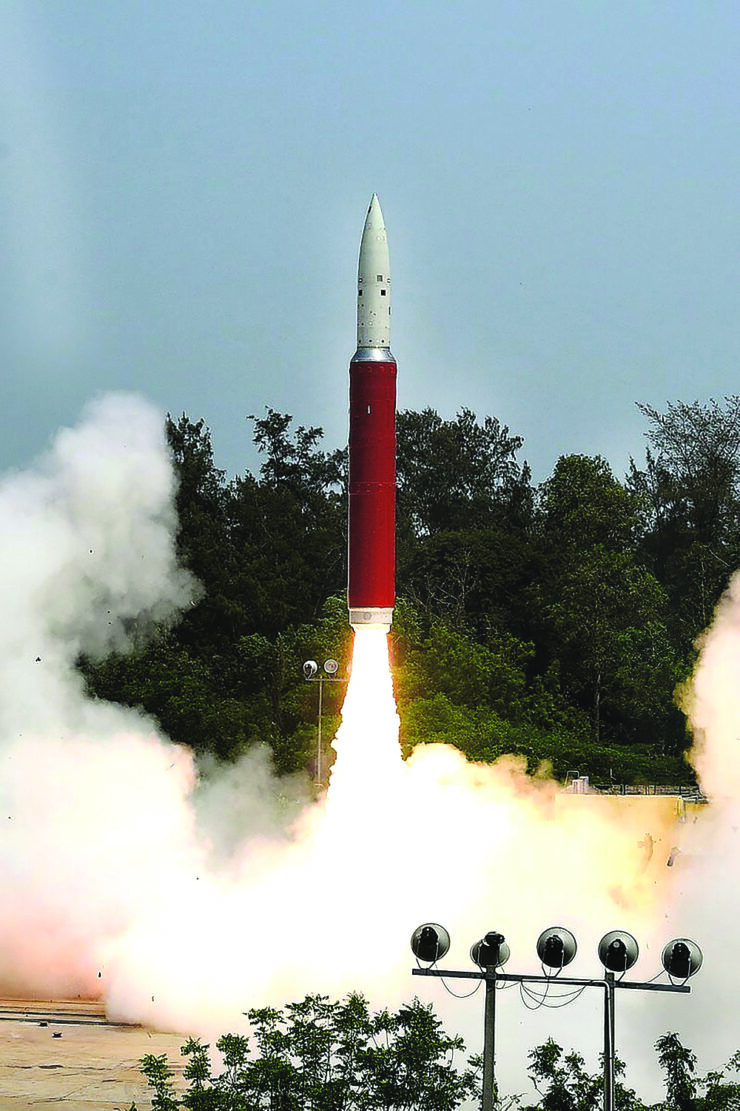
Hence, the starting point for an integrated command is to put in place the mechanism for joint planning and the operational philosophy, particularly in the context of the multi-role capability and flexibility of airpower as well as the limited resources.
The essence of integrated theatre command is more about reducing duplication of commands in a defined geography. This is vital and necessary. The challenge is to bring in effective integration of various service-specific geographical commands into individual theatre commands.
This is where the unified command logic is integrated into the theatre command process, but this needs considerable thought and work. It is not a simple matter of just redrawing geographical boundaries and responsibilities.
The complexity of integrating air power without compromising its advantages of flexibility, precision, swiftness of application is the biggest challenge. More importantly, without the guidance of an officially articulated National Security Strategy, theatre commands may be hampered by constraining and limiting the most valuable asset of airpower.
On the other hand, it makes eminent sense to perfect the functional or specified integrated commands in a building block approach. We already have established the Strategic Forces Command (SFC) and the Andaman Nicobar Command (ANC). These need to be strengthened and refined further, in particular the ANC.
In addition, three integrated agencies; Defence Space Agency, Defence Cyber Agency, and Armed Forces Special Operations Division have been established. These must be developed rapidly into full-fledged commands—Space Command, Cyber Command, and Special Operations Command.
Importance of officially articulated National Security Strategy
India is a rising great power that aspires to be one of the poles in the 21st century’s emerging multi-polar world order. Inexplicably, India’s political leadership has shied away from articulating its national security strategy (NSS) publicly. This has its ramifications on the military strategy and force structures, more so when major restructuring like the integrated and theatre commands are being undertaken.
India is the only major power in the world that has significant portions of its territory occupied by Pakistan and China. Current military deployments and the land-centric strategy reflect a defensive approach of maintaining the status quo rather than signal any serious intent to recover the lost territories. The NSS must define India’s resolve to not only recover its territories but deter any major war and punish adversaries when they violate India’s articulated security redlines, and project power in its areas of interest.
Such an articulation will put the right emphasis on the primacy of airpower and its force structure. This is vital to establish the right foundations of integrated theatre commands. Quite clearly, such a process needs to be driven by parliamentary oversight and a parliamentary committee.
This raises more important questions about the chain of command and the structure. Should a theatre commander be a four-star General/Admiral/Air Chief Marshal, with erstwhile C-in-Cs becoming Component Commanders? Logic demands that it be so. This would be the most complicated challenge as in the current system the Chiefs are also the operational heads.
The chain of command will be to the RM, facilitated by the CDS, and not to the CDS. In the Indian environment where the RM and the PM are generally political figures without any military experience, and an over-sensitive bureaucracy that wants to retain its dominance, the theatre command restructuring is fraught with complex challenges.
The first step to address these issues is for the government to bring out a defence white paper that signals to the rest of the world India’s security interests and strategy. India’s will to pursue its National Security Strategy will be reflected in its force structures and organisational restructuring.
IAF at 89 and the road to its Centenary
In the press conference a few days ago, the CAS Air Chief Marshal V R Chaudhari eloquently put across the reality of the challenges faced by the IAF. Its force structure will only reach 35 combat squadrons by 2035, still short of the minimum required 42 squadrons.
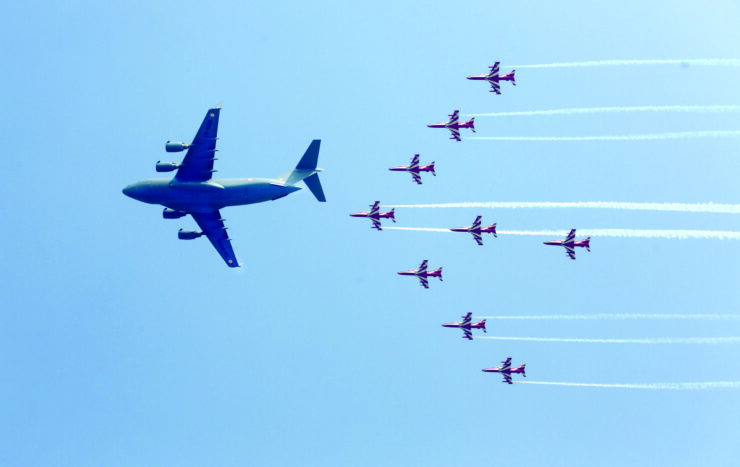
This is further complicated by the pace and production efficiency of the indigenous programmes and the need to balance operational capability with the objectives of the ‘Atmanirbhar’ policy.
Nevertheless, there are many silver linings. IAF’s expeditionary capability is significant and continues to improve. IAF’s leadership, through the Defence Space Agency, in the development of space security capabilities is significant. The IAF is leading the way in NCW and C4ISR capabilities. However, in terms of power projection and deterrence, the IAF needs to seriously consider the development of a strategic bomber force. IAF’S support to indigenous developments in missiles, trainer aircraft, and system developments are showing encouraging results.
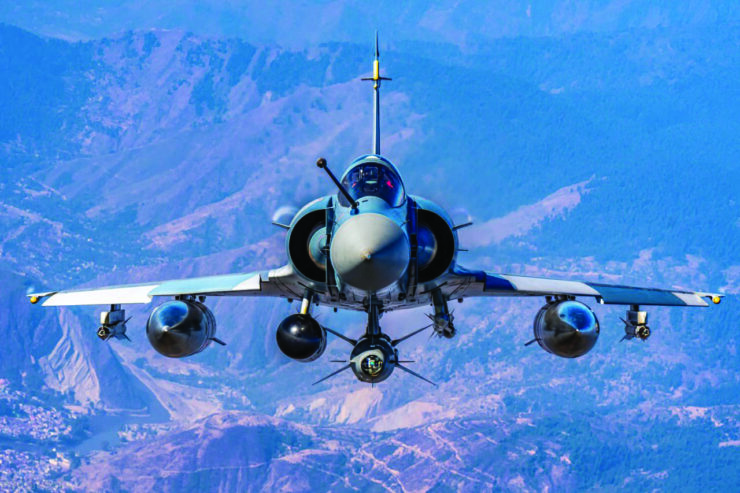
The government must increase the funding for defence modernisation and rapid recovery of the necessary force structures. Nowhere is it more urgent than for the IAF. It is important to recognise that rebuilding force structure through the right balance of indigenous development and international collaborations will better address India’s security and the objectives of self-reliance or ‘Atmanirbhar Bharat’.
–The writer is a former Deputy Chief of Integrated Staff at IDS. He is now the President of The Peninsula Foundation at Chennai. The views expressed are personal and do not necessarily reflect the views of Raksha Anirveda
–The writer, a AVSM VM PhD (V) is a former Deputy Chief of Integrated Defence Staff for Policy, Plans, & Force Development (DCIDS – PP & FD). He is currently the President of The Peninsula Foundation, a Chennai-based public policy research think tank. The views expressed are of the writer and do not necessarily reflect the views of Raksha Anirveda

